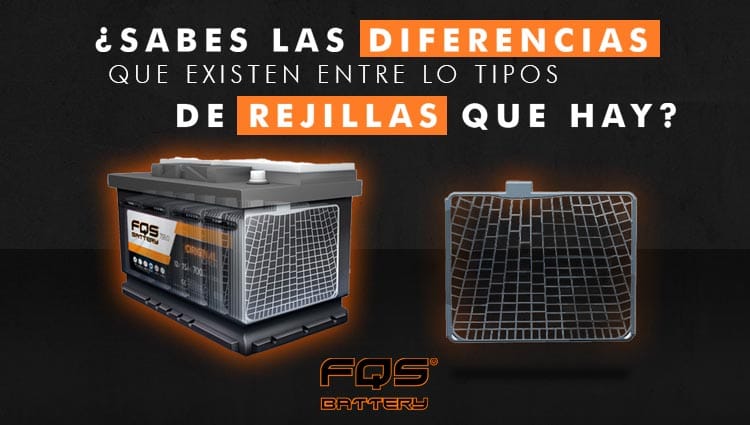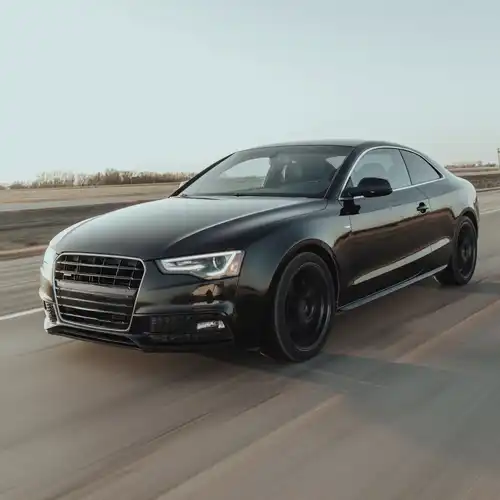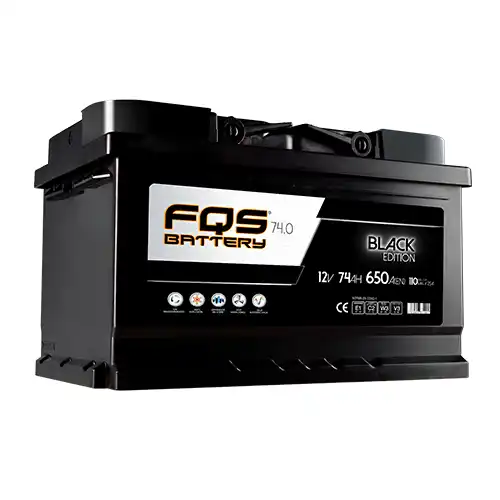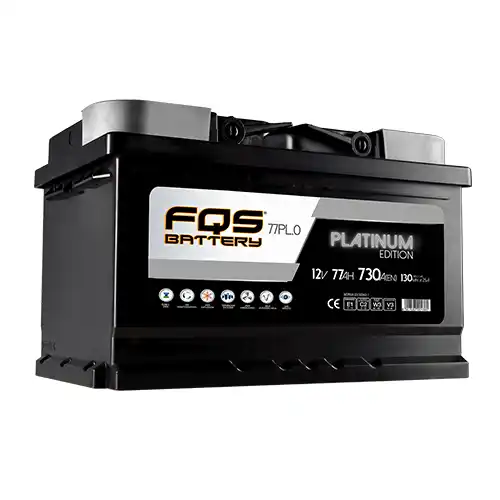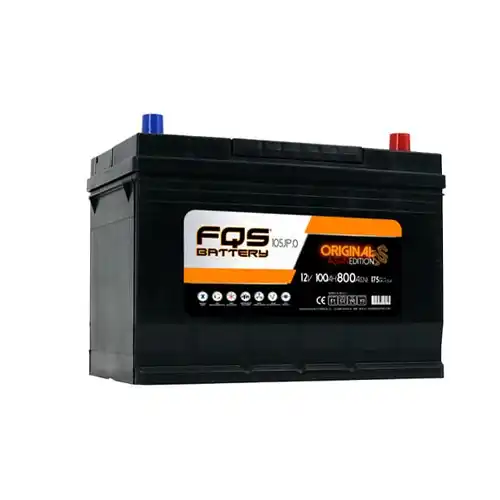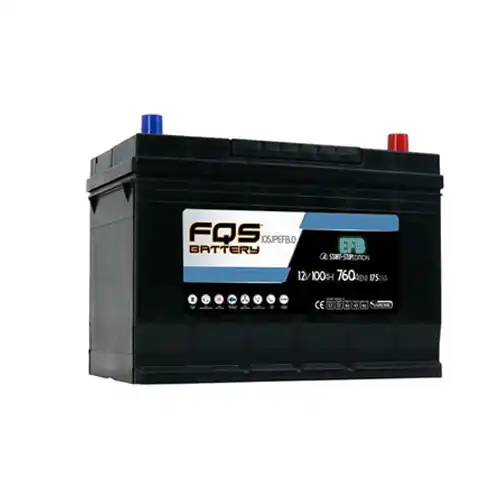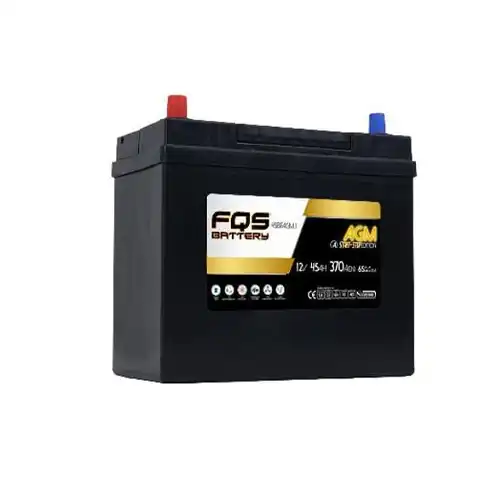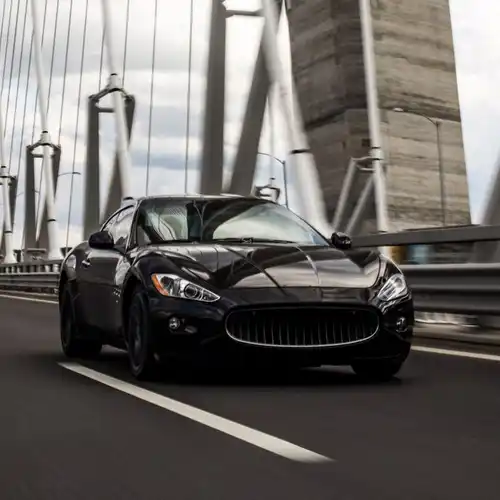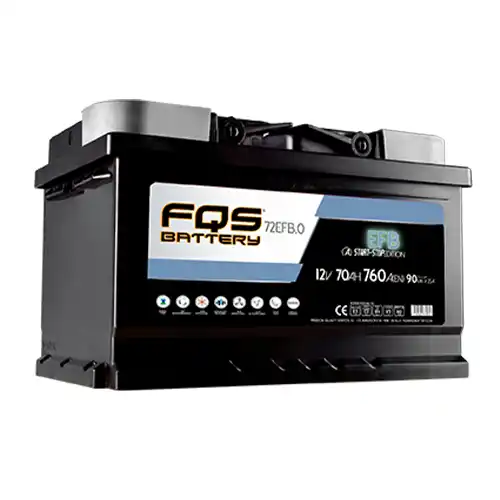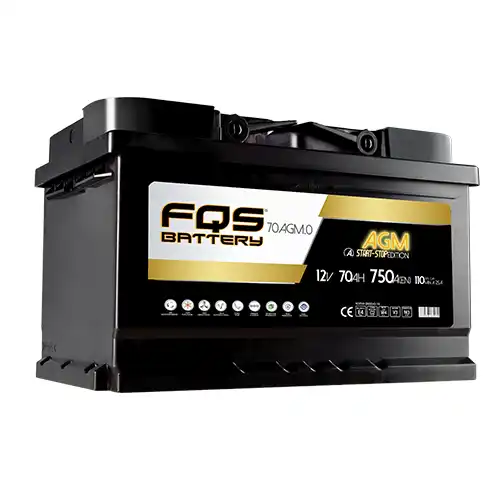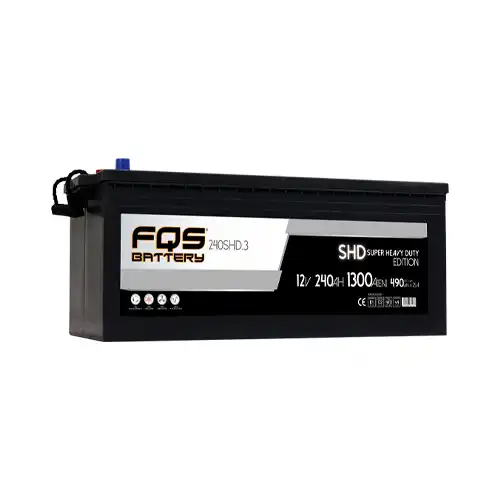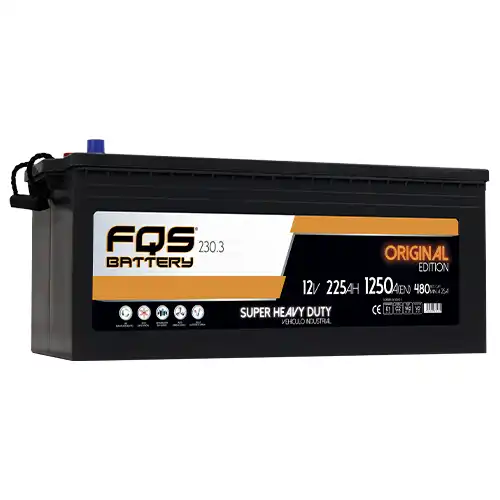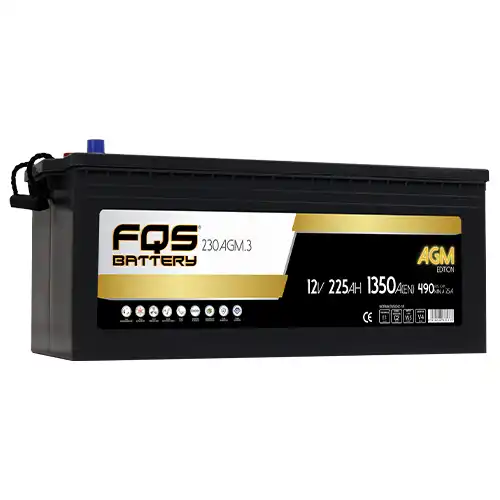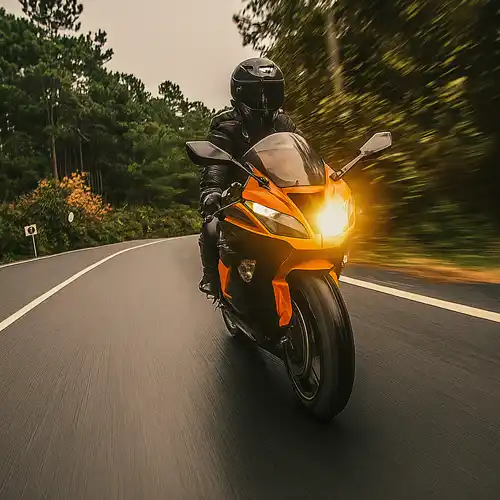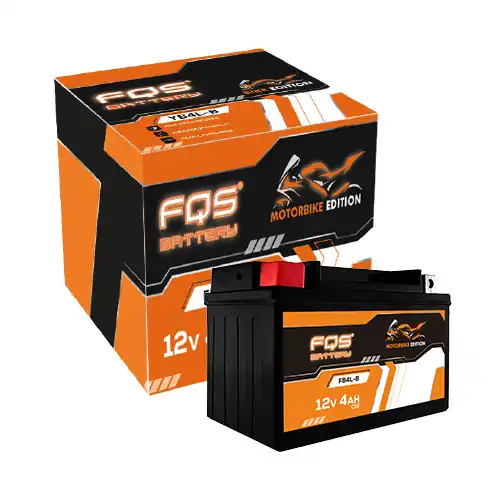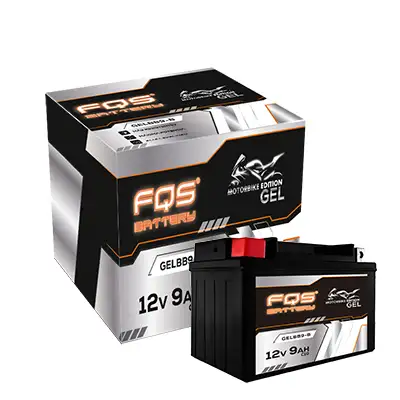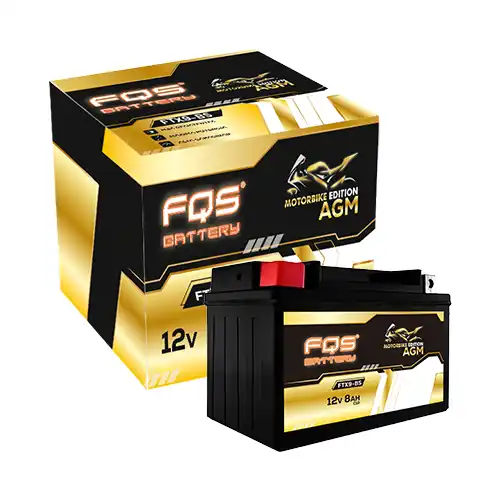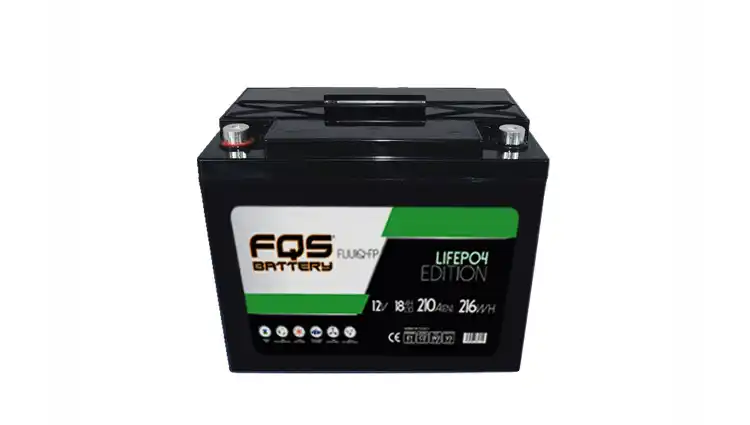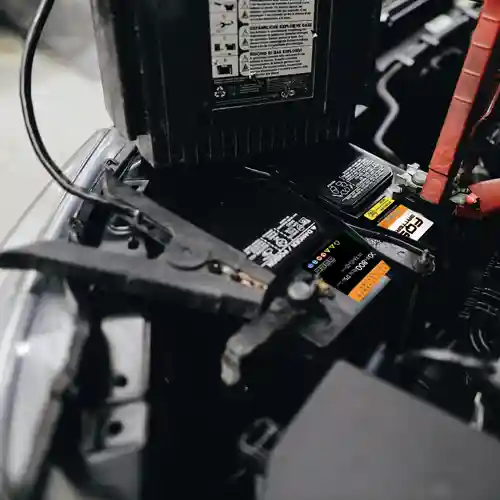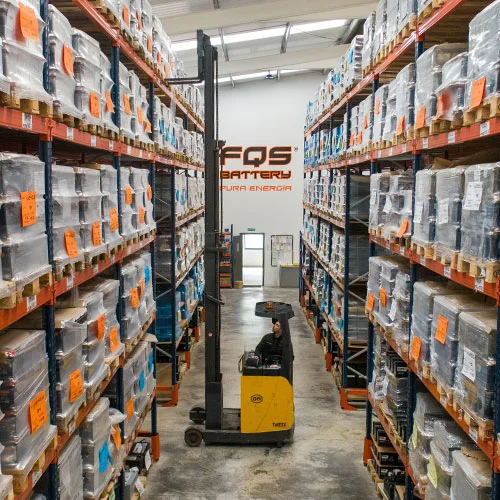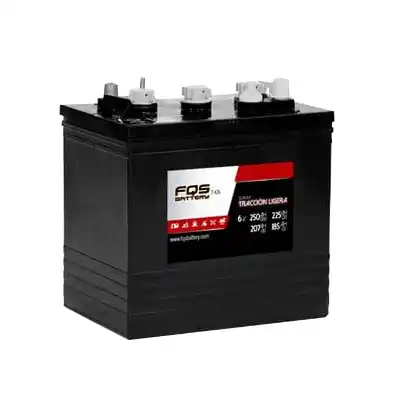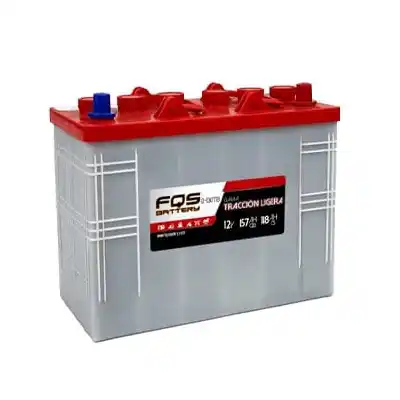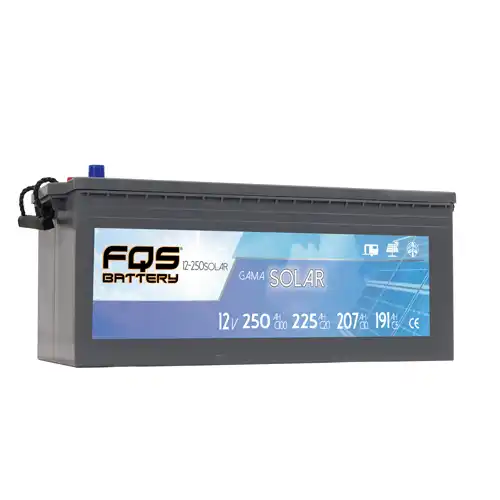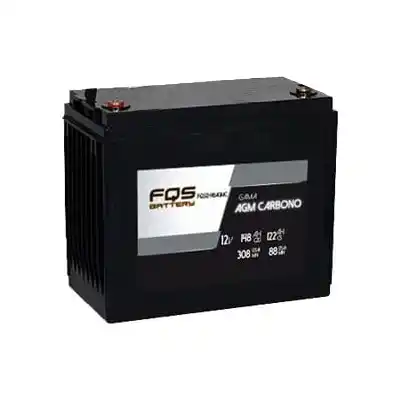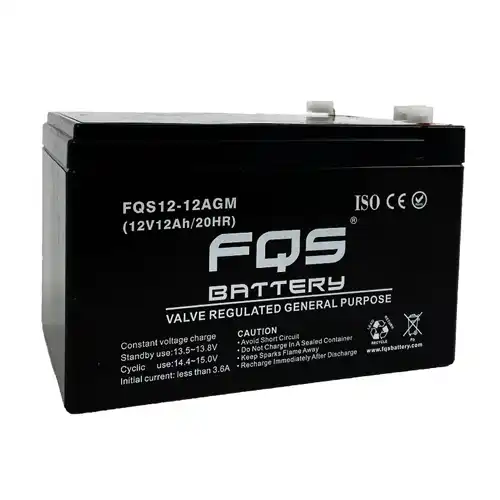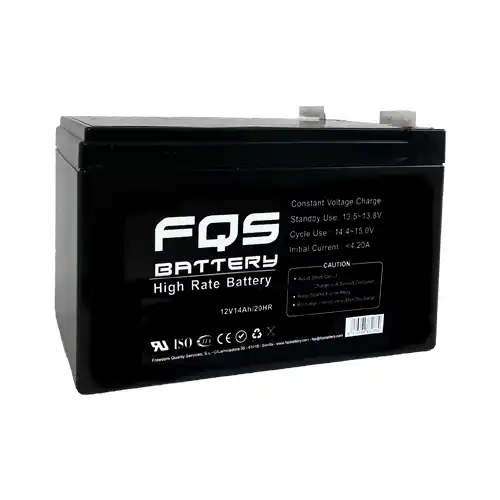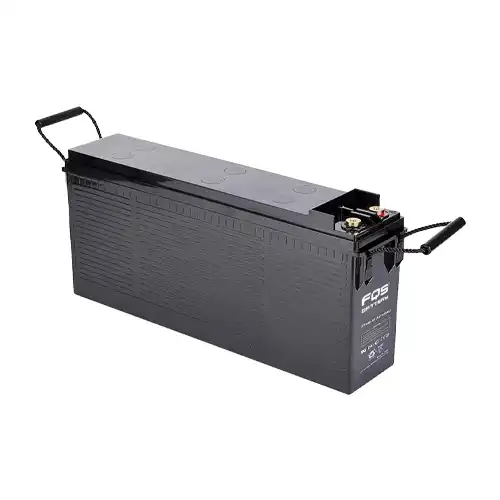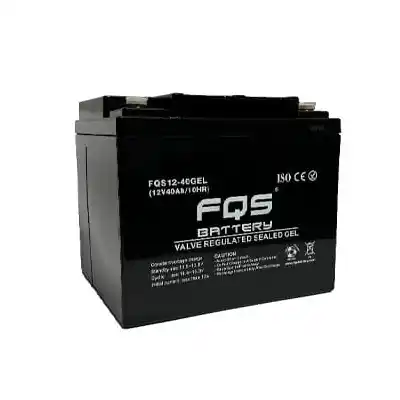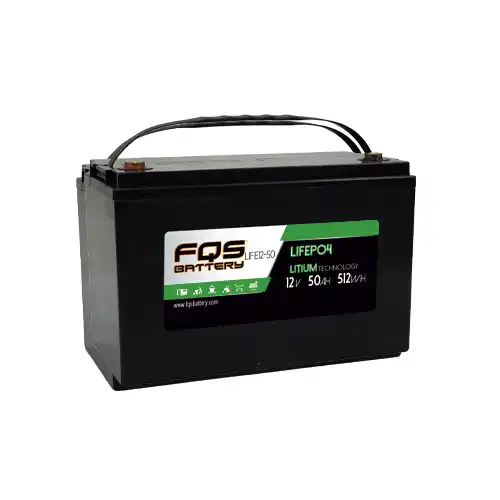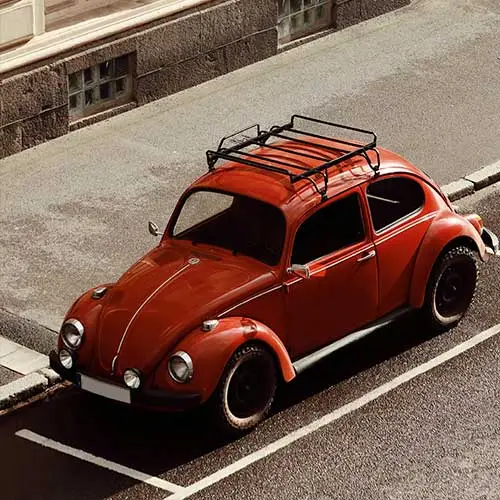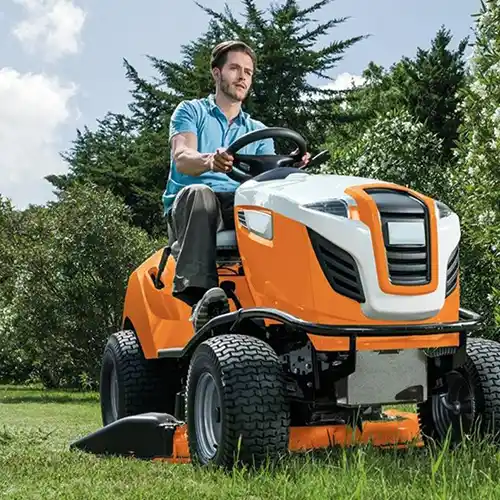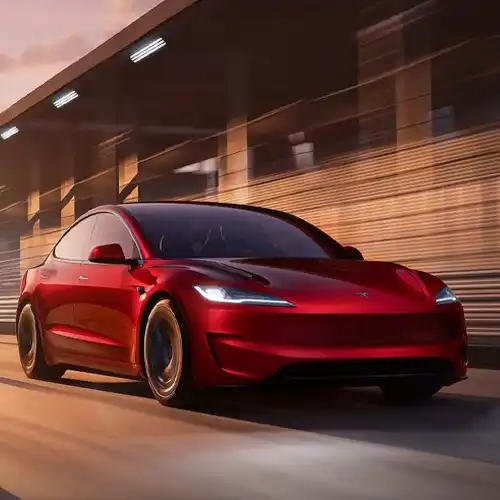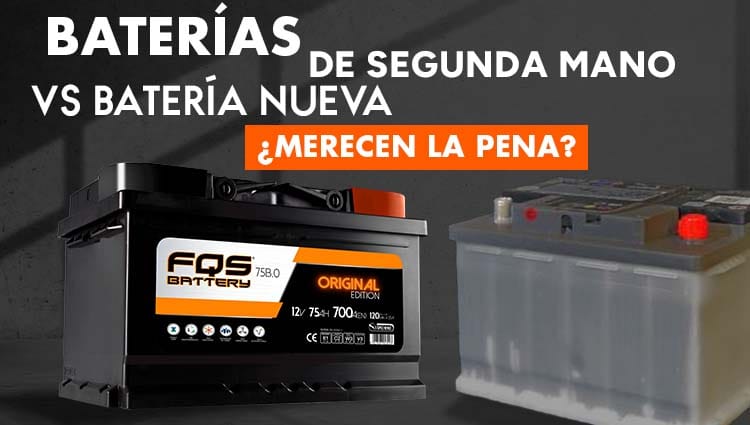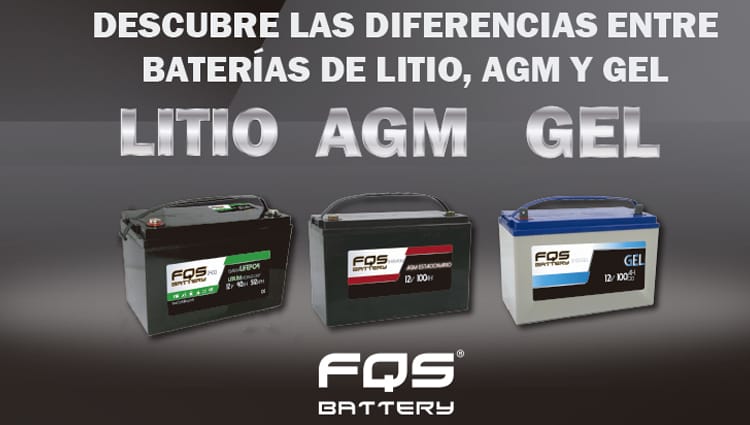In FQS BatteryWe offer a wide variety of batteries designed for different applications, with diverse technologies and performance levels.
According to their technology, we can distinguish the following main types:
Within the Lead-Acid batteriesA key factor influencing its performance is the composition of the grids. This feature can make a significant difference, especially depending on the battery's intended use.
Below, we explain the different types of grids we use in our batteries and how their characteristics impact the performance and lifespan of the product.
1 – Grid composition
- Pb/Sb (Lead-Antimony):
The grids are made of a lead-antimony alloy. This alloy improves mechanical strength and tolerance to deep cycles. - Pb/Ca (Lead-Calcium):
The grids combine lead and calcium in the positive grid and lead-antimony in the negative. This design achieves a balance between mechanical strength and reduced water consumption. - Ca/Ca (Calcium-Calcium):
Both grids (positive and negative) are made of a lead-calcium alloy. This significantly reduces water consumption and self-discharge.
2 – Water loss and maintenance
- Pb/Sb:
– They generate more gases during charging due to the use of antimony.
– They require periodic maintenance (refilling with distilled water).
- Pb/Ca:
– They generate fewer gases than Pb/Sb, but even more than Ca/Ca.
– They have low maintenance, but are not completely maintenance-free.
- Poop:
– They emit very few gases and are practically maintenance-free.
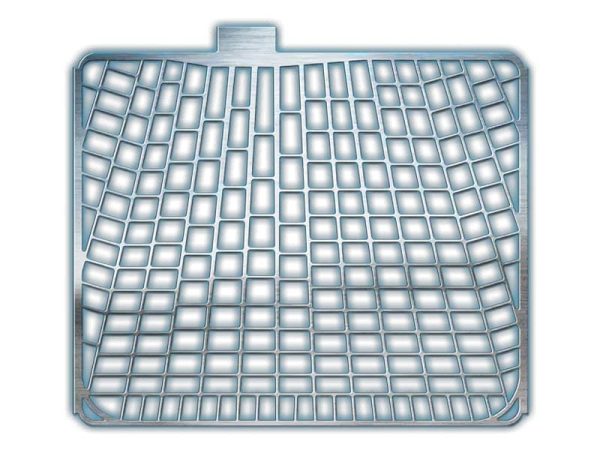
3 – Self-discharge
- Pb/Sb:
High self-discharge rate due to antimony in the grid.
- Pb/Ca:
Lower self-discharge than Pb/Sb, but higher than Ca/Ca.
- Poop:
The self-discharge rate is significantly lower, making them ideal for long-term storage.
4 – Durability and resistance
- Pb/Sb:
They are more resistant to deep charge and discharge cycles, making them ideal for heavy-duty applications.
- Pb/Ca:
They offer intermediate durability: greater resistance than Ca/Ca, but less than Pb/Sb in deep cycles.
- Poop:
Less resistant to deep cycles, designed for use in more stable conditions, such as vehicle starting.
5 – Cost
- Pb/Sb:
More economical, ideal for industrial applications or where initial cost is an important factor.
- Pb/Ca:
Moderately economical, they offer improvements in maintenance and performance.
- Poop:
They are less economical due to their advanced technology and maintenance-free design.
6 – Applications
- Pb/Sb:
Used in heavy vehicles, industrial machinery, solar systems and applications with frequent deep cycles.
- Pb/Ca:
A hybrid option, suitable for vehicles and equipment with moderate use and lower maintenance requirements.
- Poop:
Designed primarily for modern automobiles and applications where low self-discharge and minimal maintenance are essential.
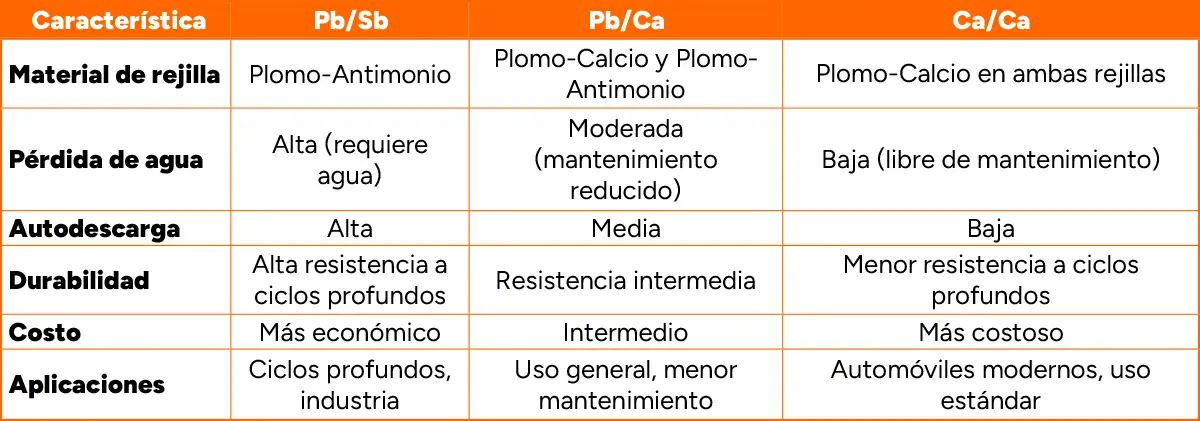
Conclusion
The choice of battery depends on the application:
- Pb/Sb: If you need durability and resistance to deep cycles (solar systems, heavy machinery).
- Pb/Ca: Ideal for versatile applications with low maintenance requirements.
- Poop: Perfect for modern vehicles and users looking for convenience and low maintenance.
The importance of choosing the right battery
The selection of the technology type is crucial, as it influences factors such as corrosion resistance, electrical conductivity, and the battery's ability to withstand charge and discharge cycles. FQS BatteryWe advise our customers in choosing the most appropriate battery based on their specific needs and application type.
For any personalized consultation or advicePlease don't hesitate to contact us using any of the methods available on our website: email, WhatsApp, or phone. We'll be happy to help.
